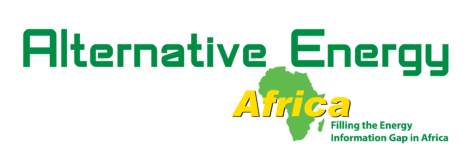The European Bank for Reconstruction and Development (EBRD) is supporting the decarbonization and Paris alignment of Egypt’s economy with an $80 million loan to Egypt Green to develop the country’s first green hydrogen facility.
Egypt Green is owned, built and operated by Fertiglobe, one of the largest seaborne exporters of combined urea and ammonia, Scatec ASA, a Norway-based integrated independent power producer, Orascom Construction, one of the largest engineering and construction groups in the Middle East and North Africa, and the Sovereign Fund of Egypt, a state-owned, privately managed investment fund positioning itself as the partner of choice in Egypt.
The EBRD’s financing will be used to acquire and construct a 100 MW electrolyze facility to be powered by renewable energy. When fully developed, the facility will deliver up to 15,000 tons of green hydrogen annually. This, in turn, will be used as an input for the production of green ammonia to be sold on the Egyptian and international markets.
Ammonia production is energy intensive and responsible for around 1.8 per cent of global carbon dioxide (CO2) emissions despite its essential nature as the building block for nitrogen fertilizers, a critical crop input that provides food to 40% of the world’s population. Reducing the amount of CO2 produced during the manufacturing process is, therefore, key to helping the world achieve its net zero targets by 2050. Using green hydrogen, produced by means of renewable energy, is seen as the critical step in getting there.
This landmark project is a first step towards the decarbonization of the ammonia sector in Egypt. It will serve as a benchmark for future green hydrogen projects and showcase that hydrogen and ammonia production can be decarbonized in Africa’s largest ammonia-producing country, where current production is natural gas based, generating significant carbon emissions.
At full capacity, the facility’s green hydrogen production will save more than 130,000 tons of CO2 emissions per year.
“We are proud to support the first, truly innovative, green hydrogen facility in Egypt,” says Nandita Parshad, Sustainable Infrastructure Managing Director at the EBRD. “It will contribute to the decarbonization of Egypt’s carbon-intensive industries and will demonstrate Egypt’s commitment to a thriving low-carbon hydrogen sector. It also demonstrates the commercial viability of green hydrogen production, paving the way for the decarbonization of fertilizer and other hard-to-abate industries in our economies.”
